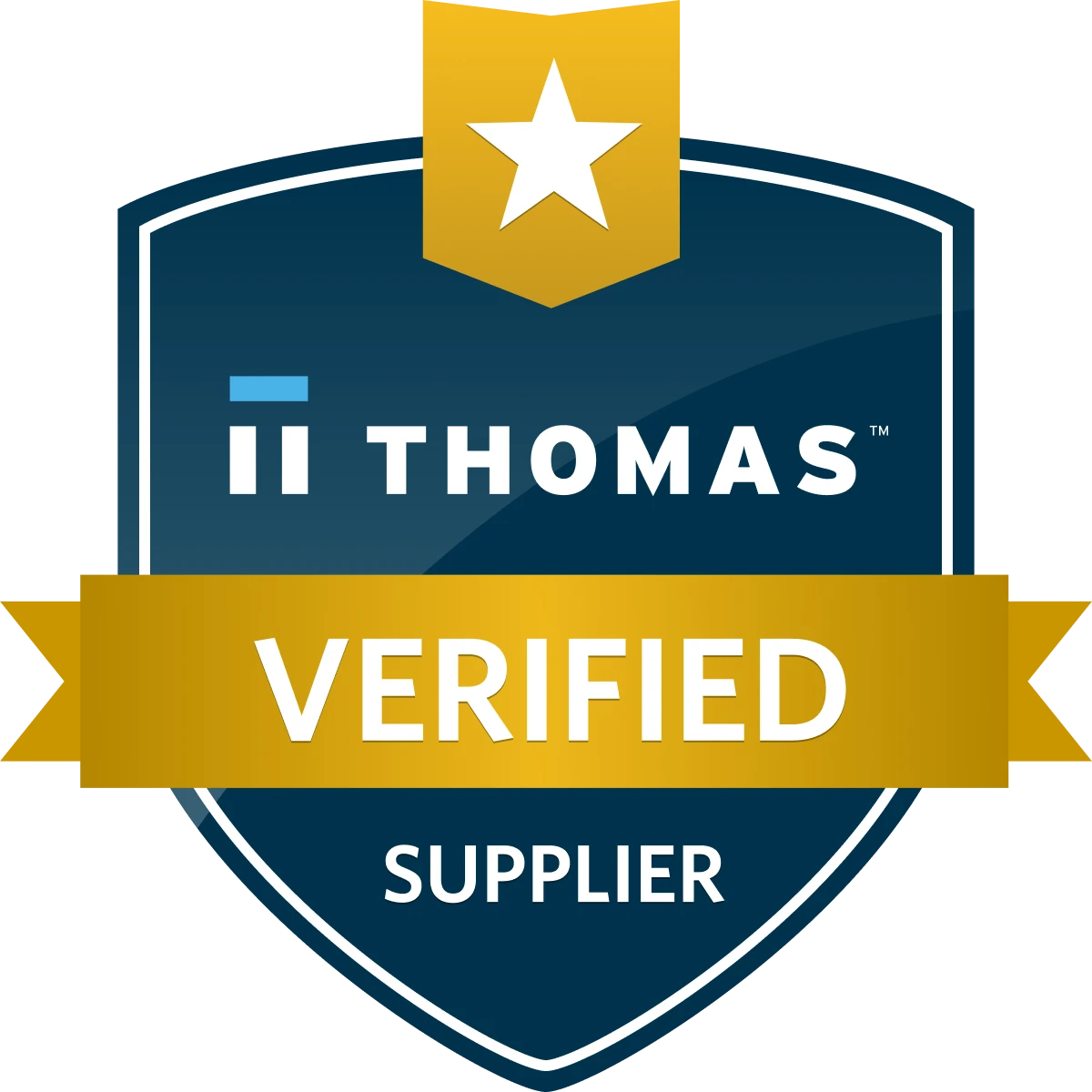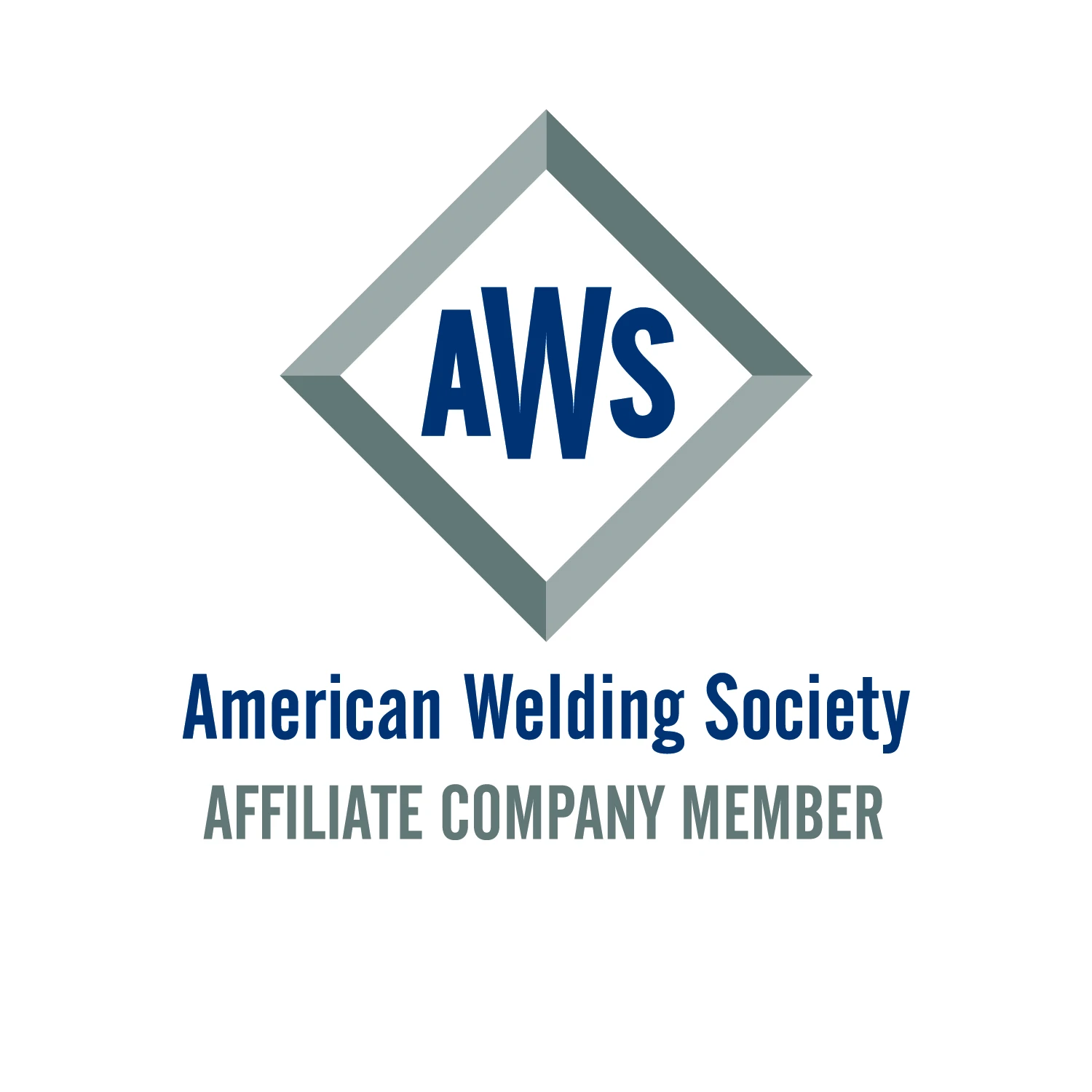Chemical Agent Resistant Coating is a paint commonly applied to military vehicles to provide protection against chemical and biological weapons.
The surface of the paint is engineered to be easily decontaminated after exposure to chemical warfare and biological warfare agents. The paint is also resistant to damage and removal by decontaminating solutions. Two-component systems (e.g. epoxy or polyester-based) are often employed. This coating is described in MIL-DTL-53072G.
Background
As of 2018, the U.S. Army Research Laboratory (ARL) led research and development activity for CARC and was the approving authority of CARC products for the Department of Defense (DoD).
Since 1985, U.S. Army Regulation 750-1 mandated the use of CARC systems on all tactical equipment. Regulations mandated the hardening of equipment (i.e. ground support equipment, tactical wheeled vehicles, and aircraft) against the impacts of chemical attacks and subsequent cleaning agents following contamination. These same regulations were followed by the Marine Corps and Air Force.
Applications
As of 1985, most military vehicles and equipment have a topcoat applied with camouflaged CARCs. These topcoats produced a non-porous finish that acted as a protectant against radioactive, biological and chemical contamination. CARC repelled chemical by preventing absorption, with chemicals beading up on the finish surface where they could be washed away.
CARC coatings were also used by government contractors who refurbish vehicles and parts for the U.S. military. Examples included Light Armored Vehicles (LAVs), High Mobility Multi-Purpose Wheeled Vehicles (HMMWV), generators, containers and shelter exteriors.
Solvent-borne CARCs were developed in the early 1980s. The impetus for CARC development was the need to protect costly military equipment. Operation Desert Storm further increased concern of the potential for chemical attacks.
Since 2000, high-performance water-reducible CARCs were commonly used. These materials met DoD’s VOC objective of 1.8 lb/gal and contained no hazardous air pollutants.
Read more: Chemical Agent Resistant Coating






